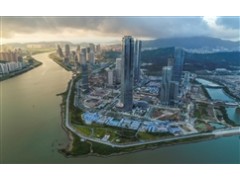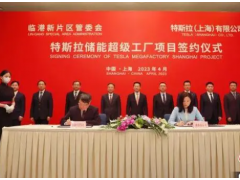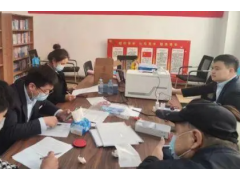On April 3, the Philippines formally deposited the ratification instrument of the Regional Comprehensive Economic Partnership Agreement (RCEP) with the Secretary-General of ASEAN. According to RCEP regulations, the agreement will enter into force for the Philippines on June 2, 60 days after the date of deposit of the instrument of ratification. This marks that RCEP will take full effect for the 15 member countries, and the world's largest free trade zone will enter a new stage of full implementation.
my country is the largest trading partner of the Philippines, the largest source of imports and the third largest export market. After RCEP officially came into effect for the Philippines, in the field of trade in goods, the Philippines, on the basis of the China-ASEAN Free Trade Area, added zero-tariff treatment to my country's automobiles and parts, some plastic products, textiles and clothing, air-conditioning washing machines, etc., after a certain transition In the near future, the tariffs on the above products will be gradually reduced from 3%-30% to zero. In the field of services and investment, the Philippines has promised to open the market to more than 100 service sectors, significantly opening up shipping and air transportation services, and also giving foreign companies more certainty in the fields of commerce, telecommunications, distribution, finance, agriculture and manufacturing. . These will provide more free and convenient conditions for Chinese enterprises to expand trade and investment exchanges with the Philippines.
The full entry into force of RCEP will help expand the scale of trade and investment between China and RCEP member countries, meet the needs of domestic consumption expansion and upgrading, consolidate and strengthen the regional industrial chain supply chain, and promote the long-term prosperity and development of the global economy.




